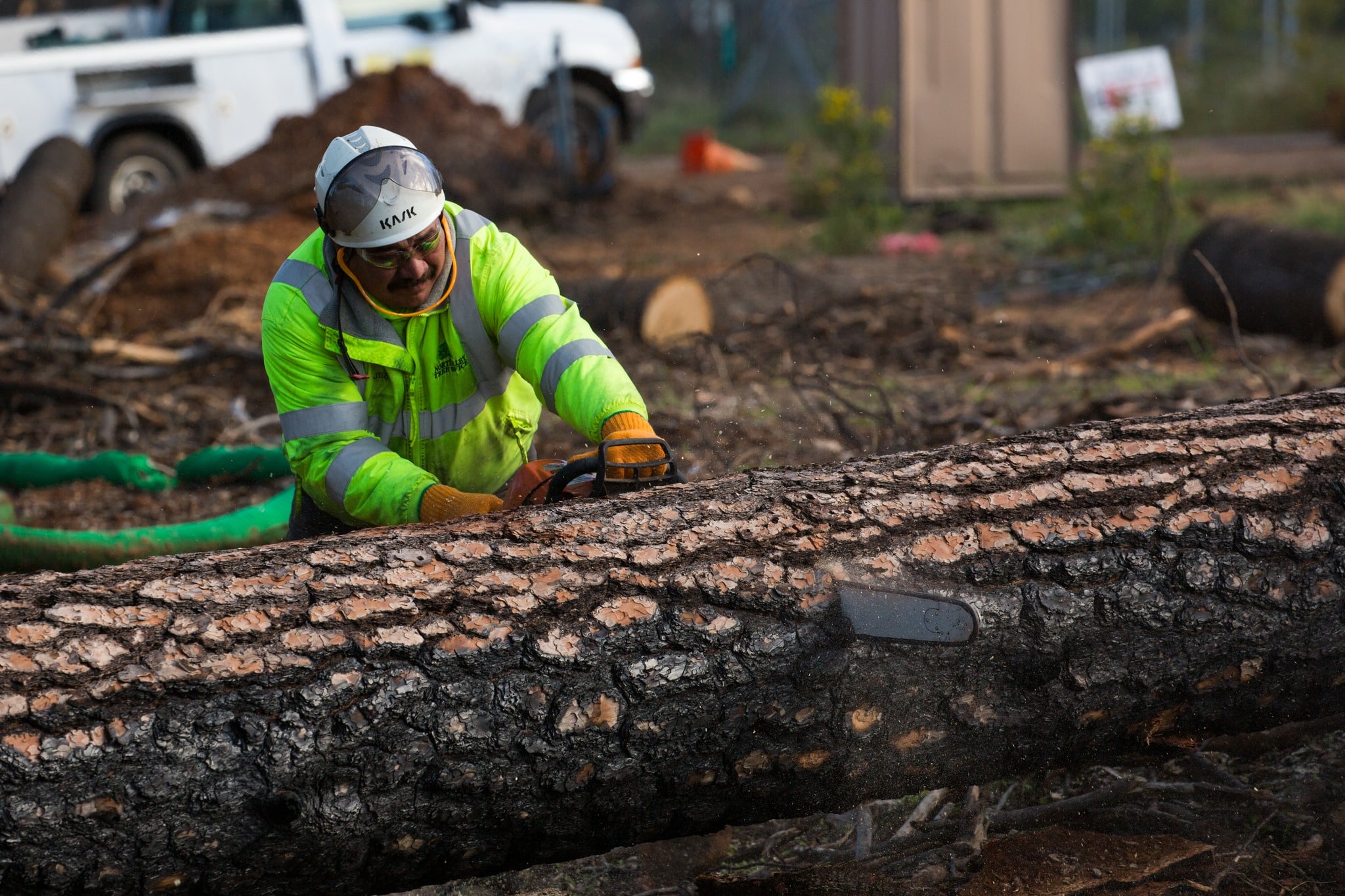Have you ever seen beautiful trees lying broken and uprooted in the wake of a strong storm? It’s a tragic scene that highlights how unprotected our green friends are against the wrath of the natural world. We’ll examine practical methods in this post for protecting trees from storm damage so they survive even the worst storms.
Understanding the prevention of Trees from storm damage
Trees are placed in an unsafe one because of their exposure to strong winds, heavy rainfall, and even lightning strikes. Understanding the potential dangers to which these natural wonders may be subjected and taking preventative measures in line with those concerns are essential for their protection.
Avoiding Storm Damage to Trees
The most important stage in avoiding storm damage is choosing the appropriate kind of trees. Select types that are known for their adaptability and ability to survive harmful environmental conditions. Native species have developed to be able to face the challenges that storms provide, and they are frequently well adapted to the local environment.
Proper Tree Trimming Techniques
When it comes to protecting trees from storm damage, trimming is important. Regular trimming eliminates weakened or dead branches, which lowers the possibility of breaking in strong winds.
Trimming branches should be done intelligently to keep the canopy balanced and enable wind to flow through without putting too much strain on the tree.
Reinforcing Tree Roots to Prevent from Storm Damage
It is important for a tree to have a firm foundation in order for it to get through storms. A layer of organic cover should be applied around the base of the plant in order to strengthen the root system. Cover is beneficial because it helps to retain moisture, encourages root development, and strengthens the soil, minimizing erosion that might affect the stability of the tree being grown.
Staking for Support from Storm Damage
One important way of giving weak and immature trees support is through the use of stakes. When placed appropriately, stakes can help stabilize a tree and keep it from uprooting during strong winds.
Trees require some degree of flexibility in order to develop a robust root system, thus it’s critical to avoid putting too much faith in stakes.
Soil Quality and Drainage
When it comes to a tree’s strength, healthy soil is the foundation. It is important to make sure that the soil related to your trees has good drainage in order to avoid flooding, which may cause the roots to become weaker.
If you want to improve the tree’s general health, you should think about doing soil testing to identify the amounts of nutrients and then making additions as required.
Defence Against Storm-related Damage for Trees
Regular inspections are the first line of defense against storm-related damage. It’s important to regularly inspect your trees for signs of disease, pest infestations, or structural issues. Any issues you discover should be fixed as soon as possible to prevent them from getting worse and increasing your tree’s sensitivity to storm damage.
Lightning Protection Systems for Tree
Lightning poses a unique threat to trees, especially during storms. Installing a lightning protection system can redirect electrical charges away from the tree, reducing the risk of lightning-induced damage. Consult with a certified arborist to determine the most suitable protection measures for your trees.
Windbreaks for Protection of Trees
Planting barriers properly might add another line of protection against high storms. To decrease the effects of dangerous winds, think about planting thick shrubs or trees on the windward side of more susceptible trees. This organic shield can greatly lessen the wind’s ability to reach your priceless trees.
Prepared for Storm Damage
A major part of avoiding storm damage to trees is being ready for anything. Make sure you have a strategy in place for protecting your trees from anything that might fly around during a storm. Create an emergency response plan as well to handle any urgent issues that arise after a severe weather occurrence.
Collaboration with Professionals
Investing carefully in the advice of arborists and other tree care professionals can improve the life of your trees. These professionals can offer helpful guidance on the specific needs of your trees, suggest safeguards, and take care of any issues that may be causing them to be more at risk of storm damage.
FAQs
Why are trees vulnerable to storm damage?
Trees face vulnerability during storms due to strong winds, heavy rainfall, and potential lightning strikes. Implementing preventive measures is crucial to safeguard them.
How can pruning help prevent storm damage to trees?
Pruning removes weak or dead branches, reducing the risk of breakage during high winds. It also ensures a well-balanced canopy that allows wind to pass through without causing stress on the tree.
Is staking necessary for all trees?
Staking is particularly beneficial for young and vulnerable trees, providing essential support. However, it’s important not to overuse stakes, as trees need some flexibility to develop a strong root system.
How does soil quality affect a tree’s resilience to storms?
Healthy soil is essential for a tree’s foundation. Well-draining soil prevents waterlogging, while proper nutrient levels contribute to overall tree health, enhancing its ability to withstand storm conditions.
What is the role of lightning protection systems in preventing storm damage?
Lightning protection systems redirect electrical charges away from trees, reducing the risk of lightning-induced damage. Consulting with arborists can help determine the most suitable protection measures.
Conclusion
In the grand tapestry of nature, trees stand as silent guardians, weathering the storms that rage around them. By taking proactive measures to prevent storm damage to trees, we not only protect these majestic beings but also contribute to the overall health and balance of our environment.
In the face of unpredictable weather patterns, our responsibility is to be stewards of the natural world, ensuring that the legacy of towering trees continues for generations to come. So, let’s embark on this journey of preservation, armed with knowledge and a commitment to nurturing resilience in nature.





